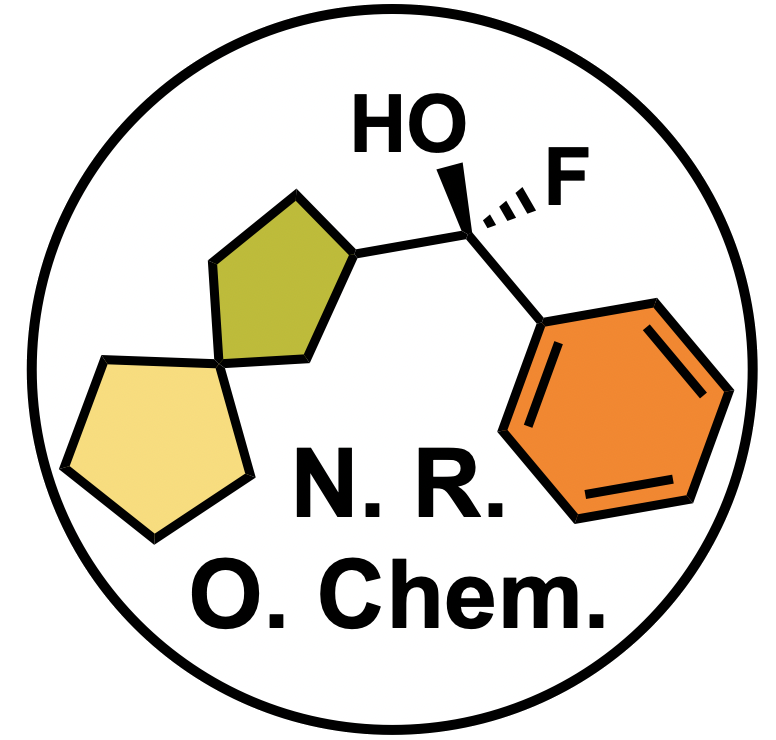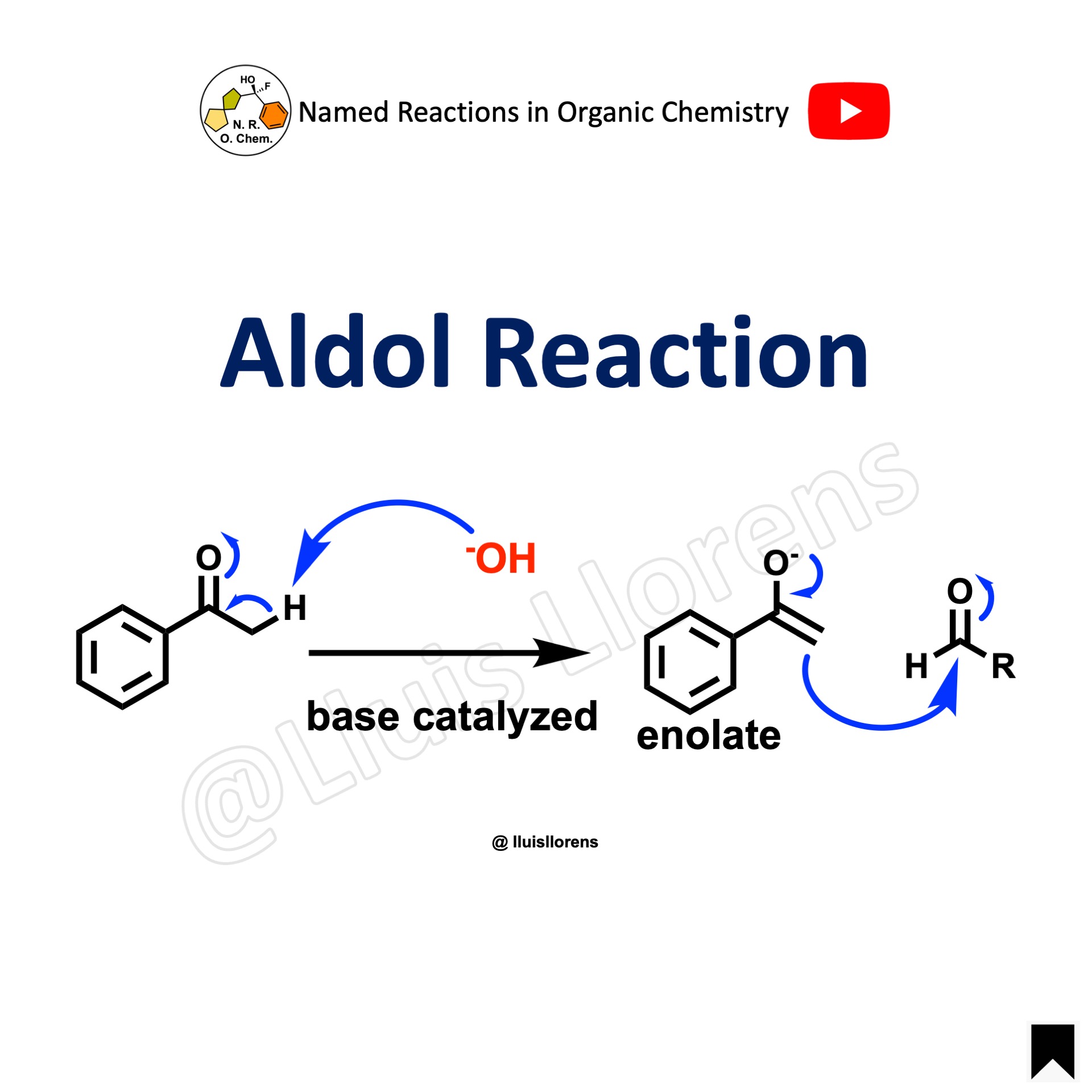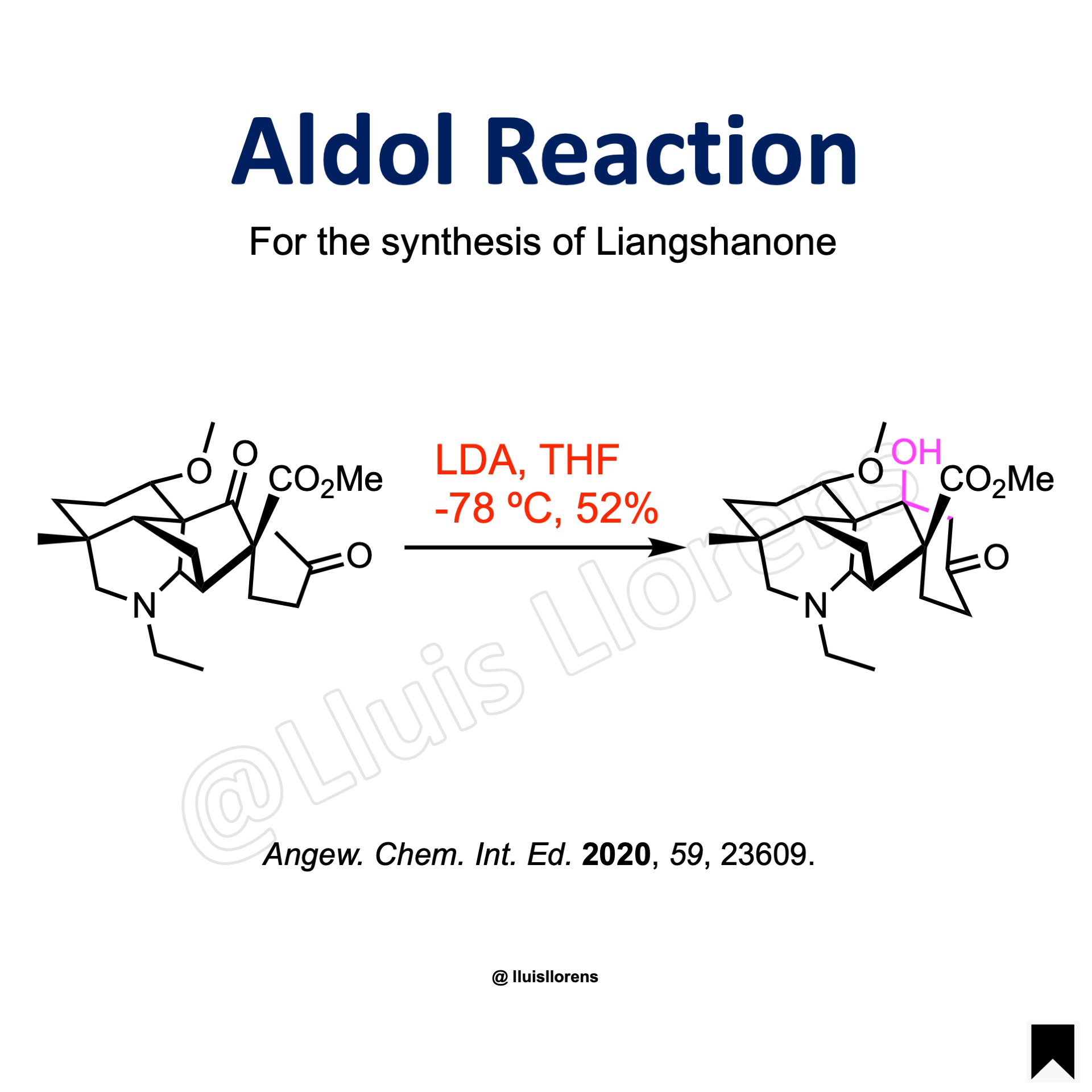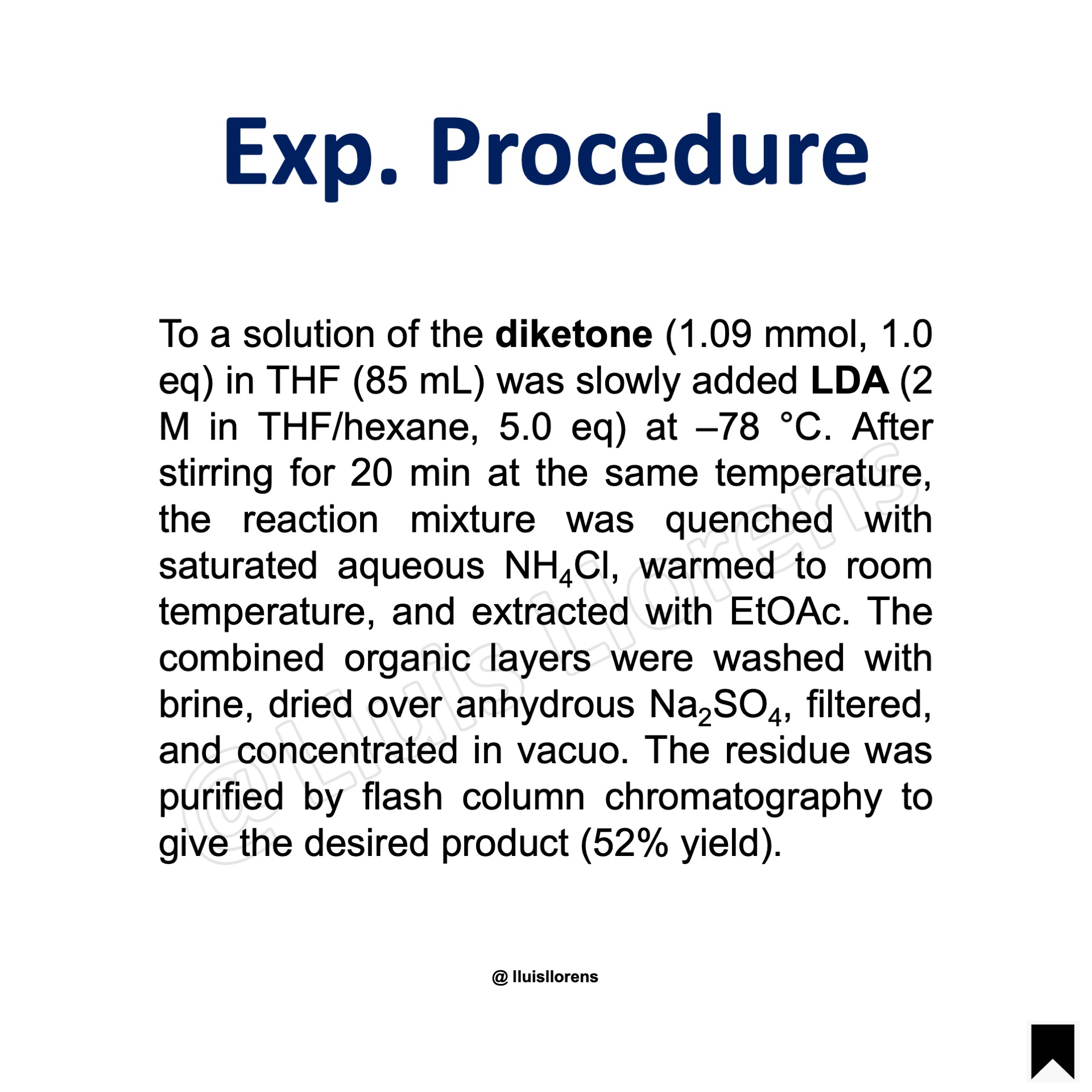Aldol Reaction
The aldol addition, or aldol condensation, is the reaction between the enolate/enol of an aldehyde or a ketone with the α-carbon of another carbonyl-containing molecule under basic or acidic conditions to obtain β-hydroxy aldehydes or ketones (aldol addition) or α,β-unsaturated aldehydes or ketones (aldol condensation).
General features:
1. The aldol reaction is diastereoselective. (E)-Enolates generally yield the anti product, while (Z)-enolates lead to the syn product as the major diastereomer. 2. The stereochemical outcome of the reaction can be rationalized based on the Zimmerman-Traxler model: 1) the reaction proceeds through a six-membered chairlike transition state; 2) the favored cyclic transition state avoids destabilizing 1,3-diaxial interactions. 3. Control of the absolute stereochemical outcome of the reaction can be achieved through the use of enantiopure starting materials or asymmetric catalysis.
Reaction Mechanism
In acidic conditions, the mechanism involves the equilibrium formation of an enol that serves as a nucleophile. The carbonyl group of the electrophile is then activated by protonation. In basic conditions, the mechanism involves the formation of an enolate by deprotonation followed by an addition to the carbonyl group.
Experimental Procedure
To a solution of the diketone (1.09 mmol, 1.0 eq) in THF (85 mL) was slowly added LDA (2 M in THF/hexane, 5.0 eq) at –78 °C. After stirring for 20 min at the same temperature, the reaction mixture was quenched with saturated aqueous NH4Cl, warmed to room temperature, and extracted with EtOAc. The combined organic layers were washed with brine, dried over anhydrous Na2SO4, filtered, and concentrated in vacuo. The residue was purified by flash column chromatography to give the desired product (52% yield).
Learn More Named Reactions







